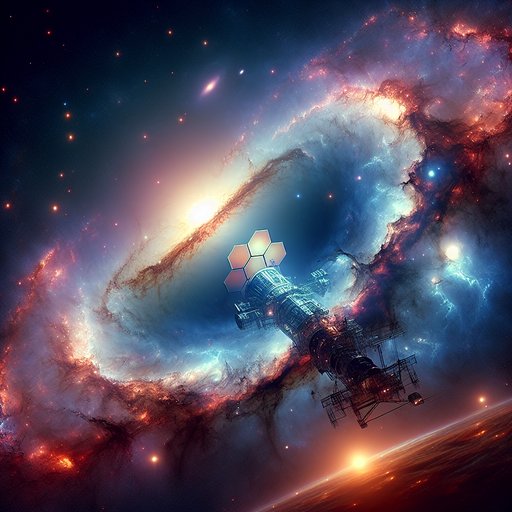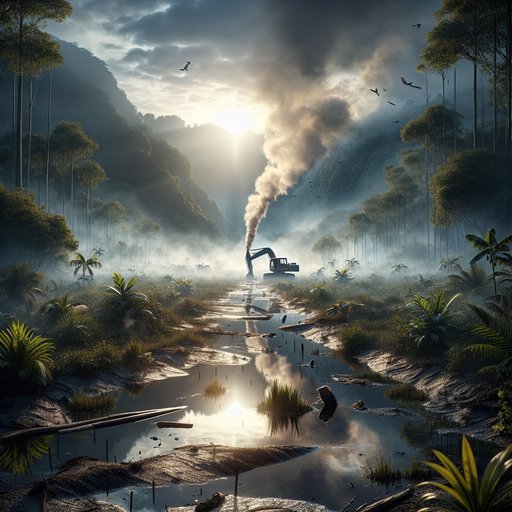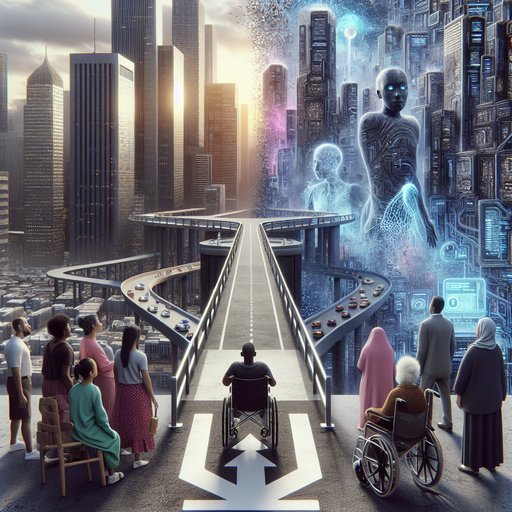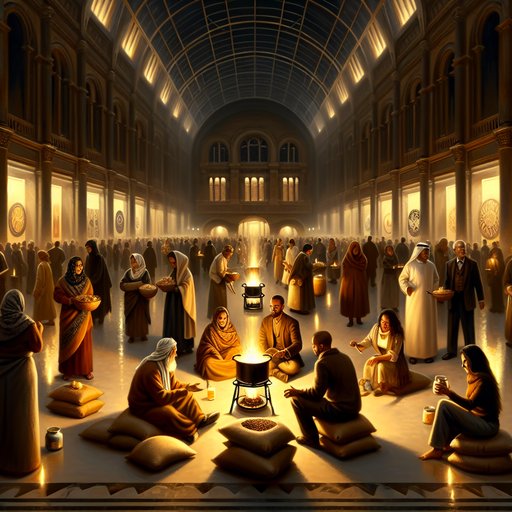
In a groundbreaking discovery, astronomers using the James Webb Space Telescope have identified mysterious "sleeping beauty" galaxies in the early universe, existing in places where scientists previously thought such dormant galaxies couldn't form. These findings are challenging our understanding of galaxy formation and evolution in the cosmic dawn era [1].
The discovery reveals dormant galaxies with varying masses in regions of the early universe where active star formation was expected to be the norm. These "sleeping beauties" appear to have temporarily paused their star-forming activities, contradicting existing models of galaxy evolution that suggest such dormancy shouldn't have been possible in the universe's youth.
In parallel developments, the Webb telescope's observations are complemented by other space observatory findings. The Hubble Space Telescope continues its valuable contributions to astronomy, recently capturing stunning images of star formation in the Tarantula nebula [2].
The James Webb Space Telescope has also made significant progress in understanding nearby stellar systems. A team of astronomers using Webb has achieved a breakthrough in understanding TRAPPIST-1, providing new insights into the magnetic properties of this important planetary system [3].
Adding to recent space observation achievements, Hubble has observed 3I/ATLAS, marking only the third known object from outside our solar system to be documented by the telescope [4]. This observation further demonstrates the continuing importance of multiple space telescopes in advancing our understanding of the cosmos.
- James Webb telescope reveals 'Sleeping Beauty' galaxies in the early universe — snoozing where they weren't supposed to exist
- Hubble spots stars forming in the Tarantula nebula | Space photo of the day for Aug. 12, 2025
- Stellar Flares Unveil Hidden Magnetic Secrets of TRAPPIST-1
- Hubble captures stunning view of third interstellar visitor
























